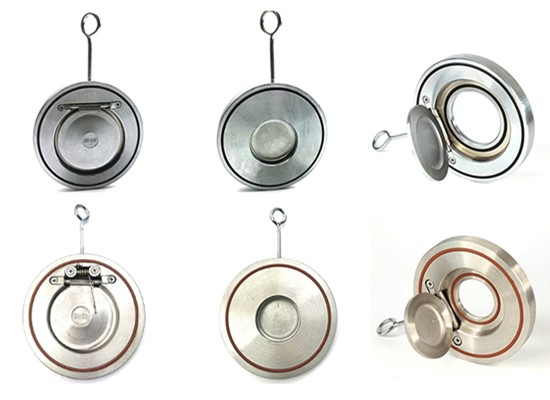Valves are used as a complete set of air separation equipment in chemical systems, and most of their sealing surfaces are made of stainless steel. In the grinding process, due to improper selection of grinding materials and incorrect grinding methods, not only the production efficiency of the valve is reduced, but also the product quality is considerably affected. According to the characteristics of stainless steel materials, we have selected strong labor intensity and wear resistance, and the quality of the product is still affected after the abrasive particles are broken in the processing. In recent years, we have studied the abrasive materials whose formulations of abrasive materials can maintain the sharpness, such as white corundum and chromium oxide, the selection of abrasive tools and the abrasive method, etc. The particle size mainly selects w40, w14, w7 and W5, etc. Four are appropriate. Through the experiment, it has been promoted and applied in actual production, which not only improves the quality of the sealing surface, but also improves the production efficiency and obtains very good results.
For the valve to grind the workpiece, firstly, the grinding tool is embedded with sand, and then the grinding is achieved by means of an abrasive composed of a mixture of abrasive grains and a grinding fluid. Grinding force refers to the force acting on the unit grinding surface area. It is the force applied to the grinding tool and acting on the surface to be processed through the abrasive particles. If the pressure is too small, the grinding effect will be small, and the pressure will increase. The grinding effect is enhanced, and the grinding efficiency is improved. However, when the pressure increases to a certain value, saturation occurs, and the grinding efficiency generally reaches a large value. After that, if the pressure per unit area continues to be increased, the efficiency will decrease instead.
This is because the valve abrasive particles have a certain limit of pressure resistance. When this limit value is exceeded, they will be crushed, making the abrasive particles finer and lowering the self-grinding ability. Therefore, the unit pressure should be determined according to the strength and crushing characteristics of the abrasive. After the test, the following parameters should generally be selected: ① In the rough grinding, for the white corundum abrasive, select 0.2 to 0.5 MPa. ③ During the fine grinding, select 0.03~0.12MPa for the white jade abrasive.
Grinding speed refers to the relative movement speed of the grinding tool on the surface of the workpiece. Grinding speed is an important process parameter to control the amount of residual removal, the removal speed and the quality of the processed surface. Figure 2 is a typical relationship curve between workpiece size removal, machined surface roughness and grinding speed.
The function of the grind tool and its material grind tool is to temporarily fix the abrasive and obtain a certain grinding movement, and transfer its own geometric shape to the workpiece in a certain way. Therefore, the material of the grind should have proper embedding of abrasive grains and long-term retention of its own geometric accuracy. Gray cast iron HT200 is an ideal material for making grinds. Its structure contains hard and wear-resistant cementite, ferrite with good toughness and plasticity, and also contains graphite, which has a lubricating effect and is easy to shape and process. .
When the grinding time required to obtain the specified surface quality is greater than the time required to remove the margin. The grinding speed should be appropriately reduced. After testing, the following speed values are more appropriate: ①During rough grinding, the speed for grinding tools or workpieces to be ground is 20-50m/min. ②When the valve is in fine grinding, the speed of the grinding tool or the workpiece to be ground is 6~12m/min. Selection of surface roughness value Surface roughness is one of the main indicators of surface quality. It has a great influence on the surface function. It has a direct effect on surface abrasion, contact stiffness and sealing performance, and at the same time affects the performance and life of the product. When using different grinding methods and particle sizes, the surface roughness achieved is also different.

Post time: Oct-30-2021

